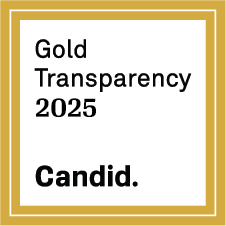The Telling Room call to submit Youth Writing and Youth Art Exploring Climate Change
Hi, educators! Share your student reach in our short Impact Survey 📚 Survey Link
LEGO Blocks Will All Be Made of Renewable Plastic by 2032, Company Says
August 30, 2024

LEGO is the Danish toy maker that’s inspired countless children to become builders and engineers. It's trying to live up to its “Rebuild the World” slogan. How so? It's planning to make its trademark building blocks wholly out of sustainable materials.
At present, LEGO bricks are made of plastic produced from “virgin fossil fuels.” But LEGO announced Wednesday that it's on track to replace all of the plastic it uses with renewables by 2032. Virgin fossil fuels include gas and oil. They aren’t blended with recyclable or renewable sources. At present, 22% of the material used to make LEGO’s colorful blocks comes from recyclables, the company says.
LEGO said it plans to raise that figure to 50% by 2026. It wants to get rid of fossil fuels fully in making the blocks six years later.
Niels Christiansen is LEGO's CEO. He told Reuters that LEGO's family owner is "committed to sustainability." He also said LEGO won't charge customers extra for the new blocks.
LEGO's CEO believes the company can afford it. LEGO on Wednesday reported a 13% boost in sales in the first half of 2024. It captured 31 billion kroner in sales. That's $4.6 billion. Operating profits also climbed to a record 8.1 billion kroner. That's $1.2 billion. Yet LEGO hopes that by paying 70% more for renewable resin, a recyclable form of raw plastic to make the bricks, that makers of the substance will hike production of it. This could lower the price.
Sources of renewable resin include plastics made from cooking oil and food waste fat. The market, though, is new. Right now, it's largely aimed at making biodiesel transportation fuel. Meanwhile, 90% of plastic is made from fossil fuels, says industry sources.
Reflect: If you could design a product that helps the environment, what would it be and how would it make a difference?
Gif of LEGOs from GIPHY.





